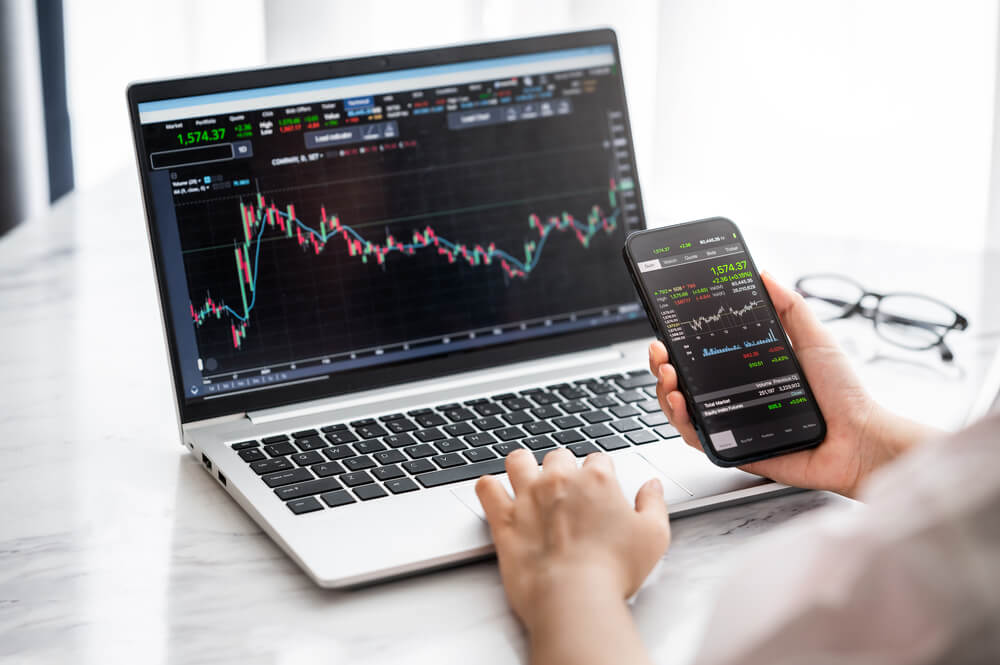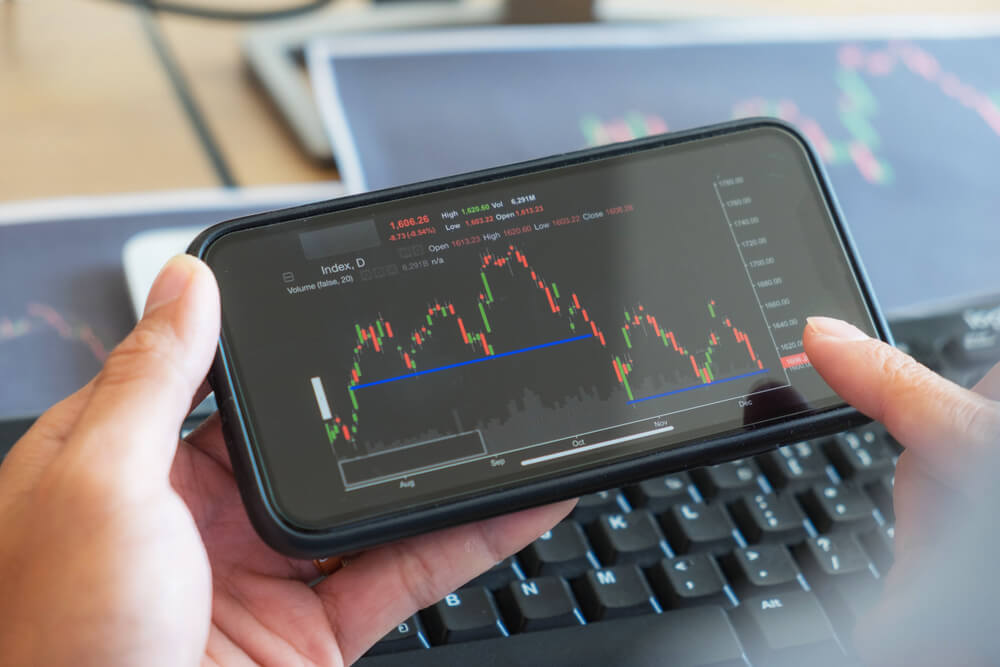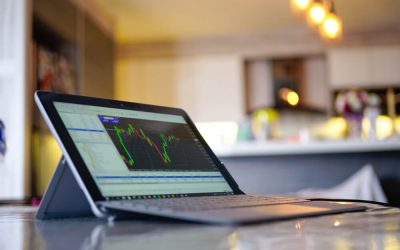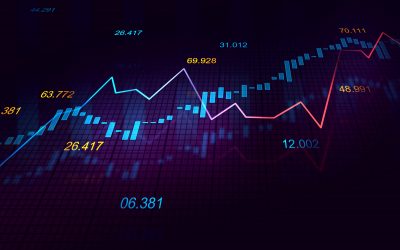
Trading in the Forex market is available to millions of traders worldwide. Like any profession, successful trading requires a well-structured plan. This plan, a set of rules and methods for executing trades, is known as a trading strategy or trading system. In this article, we’ll guide you through the process of creating your own trading strategy quickly and effectively.
Article content
We’ll cover the essential considerations before developing a trading system, the mandatory elements it should include, and how to manage and test it. Let’s begin.
Tailoring Your Trading Approach
A trading system is not one-size-fits-all. What works for one trader might be completely unsuitable for another. Before you start developing your system, you need to answer three important questions:
- What trading pace and method suit you best, considering your personal psychological characteristics? Evaluate your risk tolerance, stress level, and how long you can comfortably sit at a computer. Be honest with yourself because you’re creating a system tailored specifically for you.
- What resources do you have? Forex trading requires investments of both money and time. Assess your capabilities realistically. Don’t worry — there are strategies available today that work with minimal resources. The key is to find the one that fits your situation.
- What is the risk limit you are willing to accept? Trading always involves potential losses. A trading system aims to minimize these losses, but no system can guarantee a 100% positive outcome. Only trade with amounts you are willing to risk.
By carefully considering these questions, you can develop a trading system that aligns with your personal needs and circumstances, setting the stage for a successful trading career.

Consider Your Strategy Composition
Now that you have a clearer understanding of yourself and your resources, it’s time to delve into the composition of your trading strategy. Your trading system should encompass several key elements:
- Instruments;
- Trading approach;
- Timeframes;
- Strategic horizon.
Let’s discuss them in more detail.
Instruments: These are the assets you plan to trade. In the Forex market, this typically includes currency pairs like EUR/USD or USD/JPY. Some traders may also consider cryptocurrencies and CFDs (contracts for difference). For beginners, we recommend starting with popular currencies such as the euro, the US dollar, the British pound, and the Japanese yen.
Trading: Approach: This refers to the method you employ to make decisions about opening and closing trades. There are primarily three types:
- Technical analysis involves using algorithms to predict market movements based on historical chart data. Traders using this approach rely on various indicators for analysis.
- Fundamental analysis focuses on tracking market and non-market factors. For example, trading based on news that impacts currency values. Additionally, many beginners opt for an automated approach where decision-making is either fully or partially automated using trading robots (algorithmic trading) or by copying other traders (copy trading).
Timeframes: These are the periods on the price chart. The choice of timeframe depends on your emotional stability. As a rule of thumb, traders with stronger nerves can handle shorter timeframes.
Strategic Horizon: This is primarily used to assess trading results. It distinguishes between short-term, medium-term, and long-term planning periods. We recommend focusing on the latter two. The longer you trade, the more data you accumulate, providing a more reliable reflection of your trading performance.
By carefully considering and integrating these elements into your trading strategy, you can create a robust framework tailored to your preferences and objectives, setting yourself up for success in the dynamic world of trading.

Crafting Your Strategy
Now that you’ve clarified your answers to the essential questions, it’s time to transform them into a concrete trading system. Follow these steps to solidify your strategy:
- Document Entry and Exit Points: Clearly outline the conditions that will trigger the opening and closing of positions. This could include news events, statements from key officials, specific chart patterns, and more. It’s advisable to have multiple options for both entry and exit strategies.
- Implement Risk Management Rules: Define the percentage of your account balance that you’re willing to invest in a single trade. We recommend keeping this figure below 5%, although a smaller value might be more suitable for your risk tolerance. Additionally, establish rules for setting stop-loss and take-profit levels. Consider whether your strategy permits carrying over open positions to the next day, depending on your selected timeframes.
- Stick to Your Strategy: It’s crucial to adhere to the rules you’ve established. This not only cultivates self-discipline but also ensures consistency in your trading approach. Deviating from your strategy can make it challenging to accurately evaluate its effectiveness over time.
Remember, creating a trading system is only the first step. Consistent implementation and adherence to your plan are key to achieving long-term success in the markets.

Testing Your Trading System
Once you’ve finalized and documented your trading strategy, it’s essential to test it thoroughly before risking real money. Here’s how you can effectively test your system.
- Utilize the historical data in your trading terminal, which spans decades of currency rate changes. Identify moments that align with your criteria for opening positions and track the hypothetical results of your trades.
- Test your strategy on a demo account, which provides a risk-free environment to try your system in real-time. This method allows you to observe the actual results of your trades and refine your approach as needed. We recommend employing both testing methods sequentially to gain comprehensive insights into the performance of your trading system.
Creating your own trading system marks the beginning of your journey as a successful trader. By following this guide, you can enhance your results, mitigate risks, and increase profits. Save and refer back to it as you continue to refine and optimize your trading strategy.






